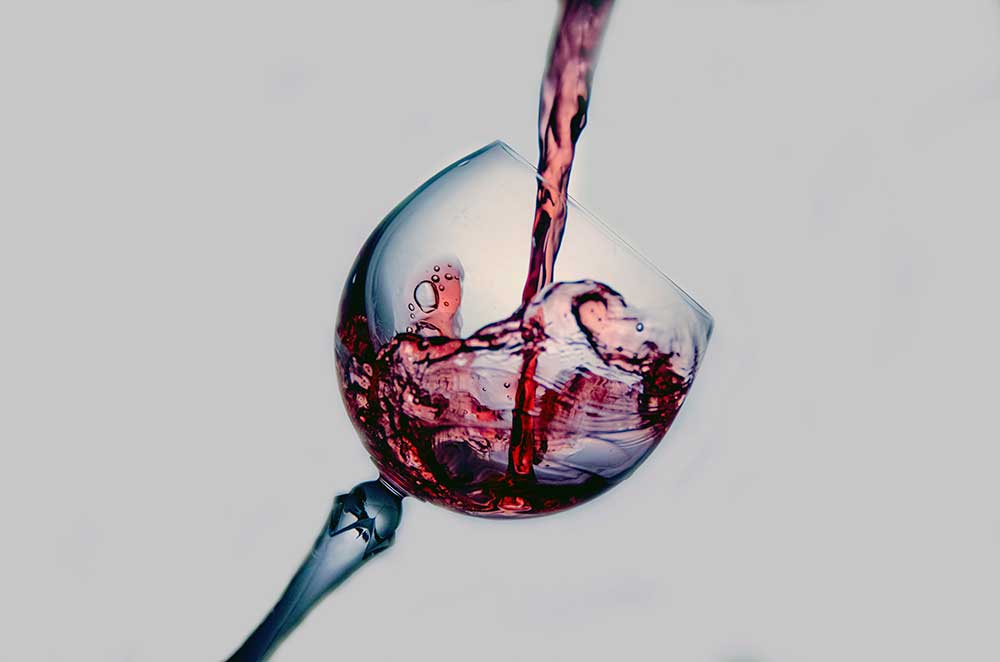Do you find yourself perplexed when it comes to choosing a wine to have with a meal, or on the balcony with a cheese board and friends? I get your pain. There are literally thousands of wineries across the globe, producing at least 100 different wine styles.
It’s easy to feel overwhelmed, and the wine bottle labels are often so airy fairy, they aren’t very clear what to expect, either.
In this article, let’s go through six of the more common varieties available in Australia, so you have a better grasp on what they’re all about.
First step is to break this list down into two categories; white and red. It’s literally the colours of the wines when poured.
White wines are typically served chilled, whereas red wine is served at room temperature.
Let’s discuss three types of wine from each category.
White Wines
White wines are often sweeter than red, and have flavours (what wine people call characteristics) reminiscent of tree fruits, such as Apple, pear and peaches, or citrus fruits like orange.
Three common varieties of white wine, are;
Chardonnay
Chardonnay is possibly the most popular white wine in the world, it certainly is in Australia. Usually aged in oak barrels, chardonnay is considered a medium-bodied white wine.
Chardonnay goes really well with food such as Lobster, poultry and butter sauces.
Riesling
Many people assume that all Reislings are sweet, but this is not so. You can get very dry through to very sweet; the entire spectrum in fact.
Often has apricot and fruit aromas. Goes very well with curries and similarly spicy dishes.
Sauvignon Blanc
Sauvignon Blanc is often nicknamed ‘Sav blanc’ (Blanc pronounced more like plonk than blank). Sav Blanc is known for its tart citrus taste and herb qualities.
Sauvignon Blanc goes very well served with dishes of shellfish or pork.
Red Wines
When we talk about red wines, they tend to have characteristics similar to pepper, berries, cherries, oak and plums.
Three popular types of red wine, are;
Cabernet Sauvignon
Often shortened to the slang phrase ‘cab save’, Cabernet Sauvignon are known for their strong tannins, big flavour and pepper, tobacco and oak tastes.
Cabernet Sauvignon (Cab Sav) is actually now the most widely planted wine grape on the planet. Cab Sav goes very well with meals of grilled steak or lamb.
Merlot
Pronounced mer-low, Merlot tends to have a lighter flavour, and often a clearer look. Merlot has a plush velvet taste, and often has berry flavours.
Goes very well with stews, soups and fish.
Pinot Noir
Pinot Noir may be tricky to say, but is a beautiful red wine. Known for a complex flavour of berries, floral and earthy qualities.
The word “Pinot” comes from the French word for “pine cone.” The grape was given its name due to the grape cluster’s cone shape. Perfect wine to go with any seafood dish.
Summary
There you go – six common styles of Australian Wine, and what to expect in flavours. I hope this helps you, the next time you’re standing in a bottle shop, scratching you head.






